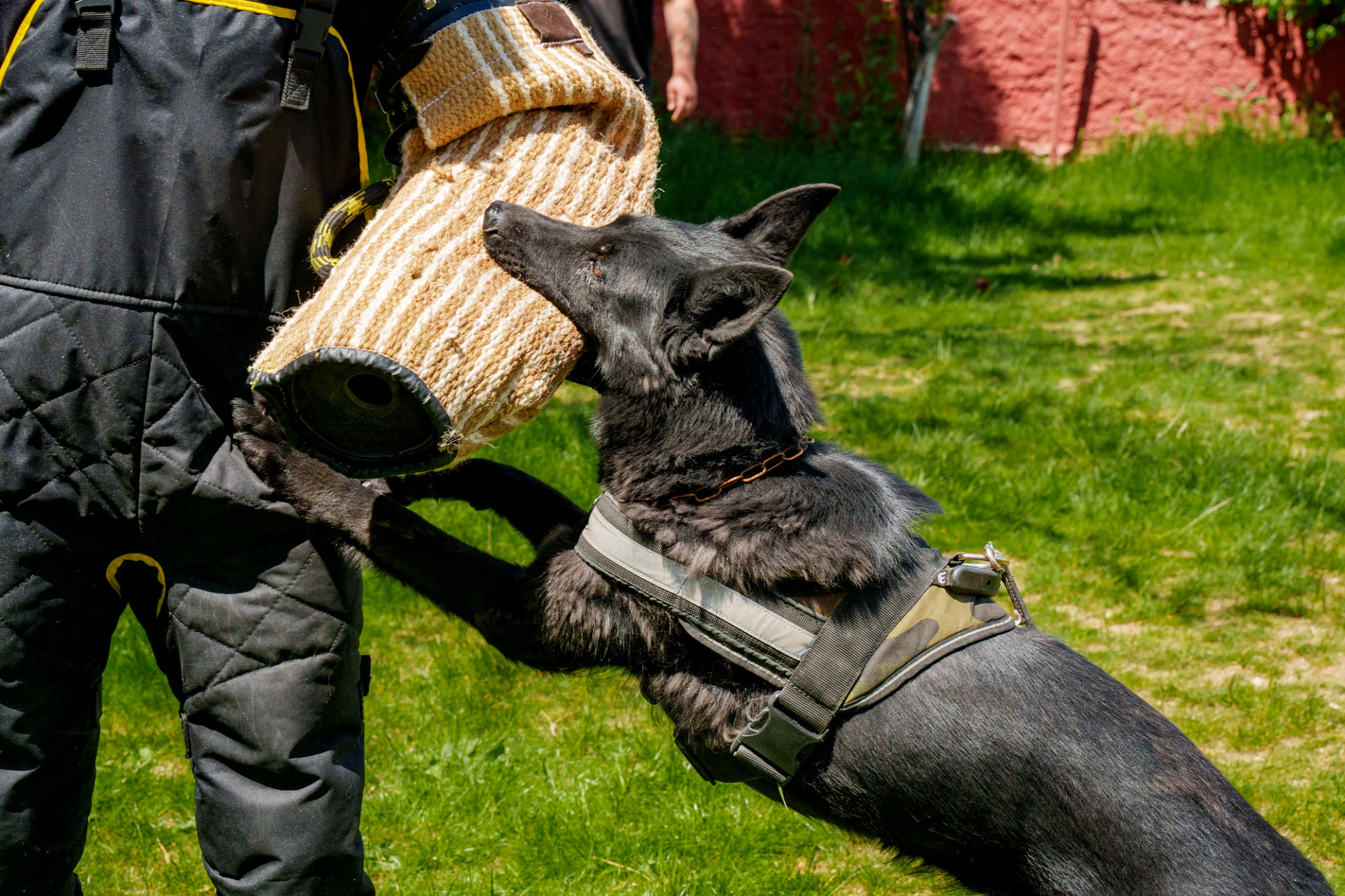Navigating the Application Process for Psychiatric Service Dog Certification
Understanding Psychiatric Service Dogs
Psychiatric service dogs (PSDs) play a crucial role in supporting individuals with mental health conditions. These specially trained animals offer assistance and comfort, helping to mitigate symptoms and improve quality of life. However, the process of certifying a psychiatric service dog involves several steps, each essential to ensuring that both the handler and the dog are ready for this unique partnership.
The certification process can be complex, but understanding it is vital for those seeking the support of a PSD. This guide will walk you through the key stages of obtaining certification, providing insights and tips to make the journey smoother.

Initial Considerations Before Applying
Before starting the application process, it is important to assess whether a psychiatric service dog is the right fit for your needs. Not every mental health condition may benefit from a PSD, and it’s crucial to consult with a mental health professional to determine if a service dog is suitable for your situation.
Once you have confirmed that a PSD can be beneficial, it is essential to understand the responsibilities involved. Owning a service dog requires commitment, time, and resources. Ensure you are prepared for the training, care, and financial aspects involved in having a service dog.
The Certification Process
Step 1: Obtain a Professional Recommendation
The first step in the certification process is obtaining a letter from a licensed mental health professional. This document should outline your diagnosis and recommend a psychiatric service dog as part of your treatment plan. This recommendation is crucial in validating your need for a PSD.

Step 2: Selecting the Right Dog
Not all dogs are suitable to become psychiatric service dogs. It’s important to choose a dog with the right temperament, size, and energy level that matches your lifestyle and needs. Many people work with specialized organizations that provide trained dogs or assist in training your selected dog.
Some breeds are more commonly chosen due to their temperament and trainability, such as Golden Retrievers and Labrador Retrievers. However, individual personality is more important than breed, so focus on finding a dog with the right disposition.
Step 3: Training Your Service Dog
Training is a critical component of the certification process. Your dog must learn specific tasks that directly assist with your mental health condition. This could include providing deep pressure therapy during anxiety episodes or reminding you to take medication.

You can choose to train the dog yourself or hire a professional trainer who specializes in service dogs. The training process can take several months and requires patience and consistency. It’s important that your service dog meets the standards set by the Americans with Disabilities Act (ADA).
Finalizing Certification
Once your dog is fully trained, the final step is obtaining any necessary documentation or certification from a recognized organization. While the ADA does not require official certification for service dogs in the U.S., having documentation can be helpful for travel or housing situations where proof may be requested.
Remember that ongoing training and assessment are vital to ensure your PSD continues to perform its duties effectively. Regular check-ins with your mental health professional and trainer can help maintain the partnership’s effectiveness.

Conclusion
Certifying a psychiatric service dog involves careful planning, commitment, and collaboration with professionals. By understanding each step of the process, you'll be better prepared to navigate this journey and ultimately benefit from the invaluable support of a psychiatric service dog.
With perseverance and dedication, this process can lead to a rewarding partnership that significantly enhances your well-being and independence.